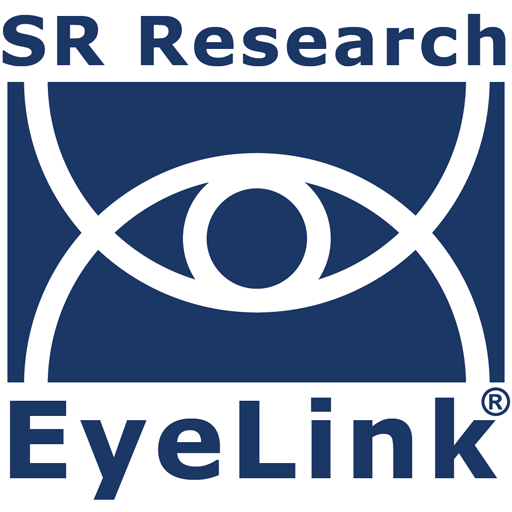
Estimated reading time: 4 minutes
Reading involves a very characteristic “stop-start” or “fixate-saccade” sequence of eye movements. During fixations, the eye remains relatively still, and the reader processes the sequence of letters that are visible by the fovea, the tiny part of our retina that is capable of detecting the differences between letters. Fixations typically last 200-300 ms and are followed by a saccade, a rapid shift in eye position that relocates the fovea onto the next part of the sentence to be decoded. This stop-jump / fixate-saccade sequence continues in the reading direction (often skipping small words such as “it” or “a”) until a long, sweeping saccade takes the gaze back to the beginning of the next line of text, and so on. This generally progressive pattern is sometimes interspersed with “regressions” – eye movements that take the gaze to earlier parts of the text to revisit previously read words.
Children with dyslexia follow a broadly similar reading pattern, but research using eye-tracking devices has revealed some subtle differences compared to children without dyslexia. For example, children with dyslexia have more and longer stops (fixations), shorter jumps (saccades), and fewer skipped words. Dyslexia is a diagnosis for life, but with time and learning, it is conceivable that the reading patterns of adults with dyslexia may be different or more closely match the reading patterns of adults without dyslexia. Recently, Léon Franzen, Zoey Stark, and Aaron Johnson carried out a study that provides a very comprehensive account of the patterns of eye movements made during reading by adults with dyslexia.
Eye Movement Profile for Adults with Dyslexia
In their study, Léon Franzen and his colleagues used an EyeLink eye tracker to record the eye movements of adults with and without dyslexia while reading natural paragraphs. They found that compared to a control group, adults with dyslexia:
- Stop on more words (i.e., make more fixations)
- Make longer stops (i.e., longer fixations durations), during the first pass reading of words
- Have shorter eye movement jumps between stops (i.e., smaller saccade amplitudes)
- Scan more of the paragraph (i.e., longer fixation path)
- Read slower (171.32 vs. 254.76 words per minute)
Overall, these results suggest that adults with dyslexia scan more areas of the paragraph and spend more time processing text, as evidenced by the longer fixations and smaller saccades between fixations. The natural consequence of these factors is longer reading times for adults with dyslexia. Léon Franzen and his colleagues argue these results indicate a labor-intensive reading strategy that is reminiscent of poorer readers or those learning to read. Efficient readers process words faster and more words concurrently as seen by the larger saccade amplitudes between fixations.
Eye Movement Deviations for Adults with Dyslexia
A reader will often make regressions to previously read words interrupting the usual left-to-right stop-jump sequence seen in English (and other languages). Léon Franzen and his colleagues examined these regressions as well as other deviations. They found that:
- The number of regressions is comparable between people with and without dyslexia
- Adults with dyslexia as compared to those without lose their place more often while reading
- Most of the deviations from the regular reading direction were straight downward for individuals with dyslexia in contrast to a reverse pattern for readers without dyslexia
The fact that people with and without dyslexia made similar numbers of regressions, suggests that both groups need a comparable number of backward looks in order to comprehend the text’s meaning. However, adults with dyslexia lose their place more often while reading, often directing their gaze in a downward direction. Léon Franzen and his colleagues argue that sampling content below the reading line is not cognitively beneficial and could result from oculomotor issues.
Summary
In general, the study found that adults with dyslexia have a more effortful reading strategy – reading more words, looking at them for longer, and skipping less text than adults without dyslexia. Although both groups are comparable in terms of revisiting previously read words, adults with dyslexia lose their place more often, with their gaze often slipping in a downward direction.
Contact
If you would like us to feature your EyeLink research, have ideas for posts, or have any questions about our hardware and software, please contact us. We are always happy to help. You can call us (+1-613-271-8686) or click the button below to email:

 Dyslexia in Adults
Dyslexia in Adults